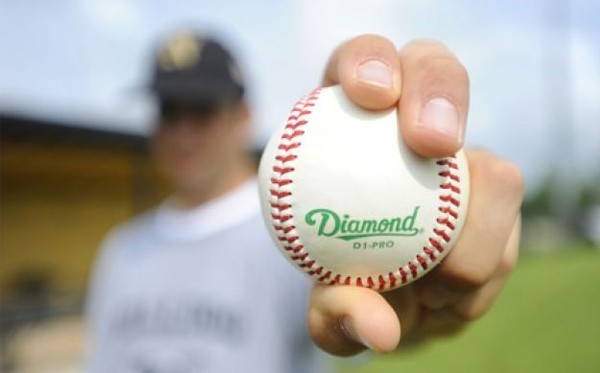For parents of youth pitchers we would like to bring increased awareness of throwing injuries that are preventable with proper pitch counts as well as education. There is no magic number of pitches for every individual athlete, although there are guidelines that can be found on the Little League Baseball Regulations website. More importantly, let’s review a few key points.
- If a youth pitcher complains of fatigue or looks fatigued, let him rest from pitching and other throwing.
- No overhead throwing of any kind for at least 2-3 months per year (4 months is preferred).
- Do not pitch more than 100 innings in games in any calendar year.
- Follow limits for pitch counts and days rest.
- Avoid pitching on multiple teams with overlapping seasons.
- Learn good throwing mechanics as soon as possible. The first steps should be to learn, in order: 1) basic throwing, 2) fastball pitching, 3) change-up pitching.
- Avoid using radar guns.
- A pitcher should not also be a catcher for his team. The pitcher-catcher combination results in many throws and may increase the risk of injury.
- If a pitcher complains of pain in his elbow or shoulder, discontinue pitching until evaluated by a sports medicine physician. Rather than play through pain, consider treating with physical therapy and allowing the body to heal.
Also important – did you know that playing multiple sports are actually helpful? For example, a baseball pitcher who also plays soccer, thus playing upper body dominant vs lower body dominant sports. Development of different skills also require use of different muscles and development of better body coordination which can prevent baseball injuries.


